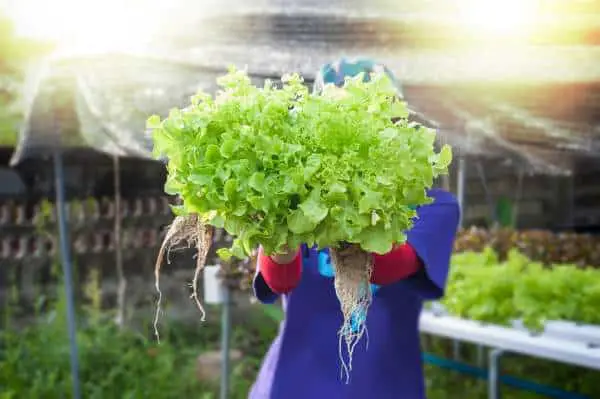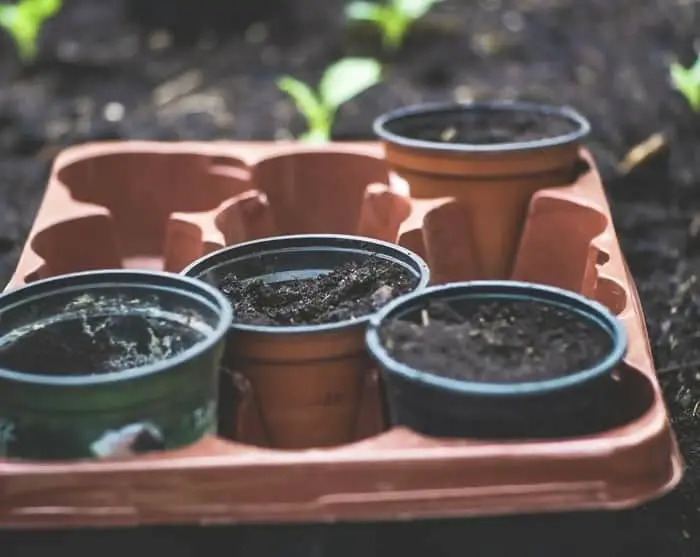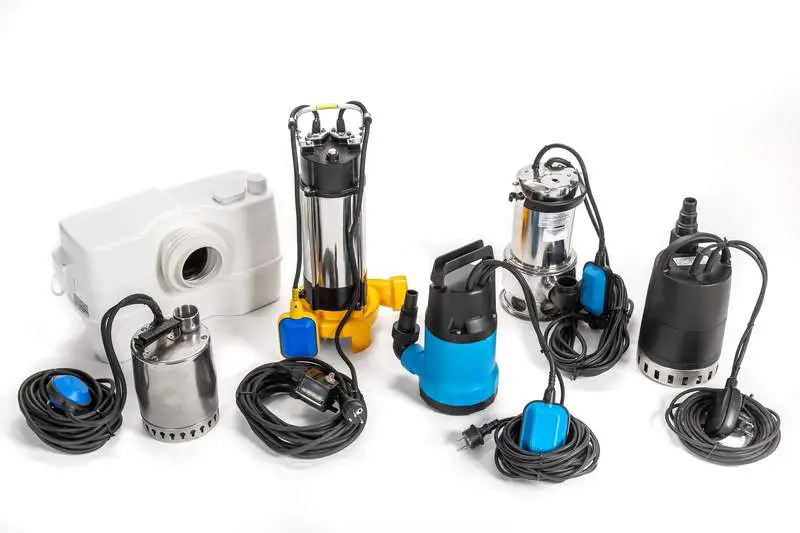When growers begin looking at hydroponic systems, they need to take into consideration how cost-effective they are. There is little reason in building a system that won’t pay for itself after the initial outlay.
One such system that growers often think about is an aeroponics system. So, are these hydroponic systems cost-effective for the average grower?
Here, we will take a look at what aeroponics is, and the areas where there can be cost savings, or if it is out of the reach for many growers altogether?
What is Aeroponics?
While the majority of hydroponic systems use the growing medium in one way or another, an aeroponics system does away with the growing medium and suspends the plants so all their roots are fully exposed. From here, there is a mist of water and nutrients that is sprayed or misted onto the roots.
This allows them to absorb all the nutrients and water they require as well as being able to absorb massive amounts of oxygen.
There are many kits you can purchase, and these come in a vast range of sizes. However, even the small systems can be quite costly. Here is a good example with the AeroGarden Farm Plus.
There are many more things to consider when looking at the cost-effectiveness of an aeroponics system. They are proven to grow vast amounts of crops quicker than many other types of systems, even if they can be more complicated to build and maintain.
How Aeroponics Works in Detail
Although we just took a quick look at how an aeroponics system works, here is a more in-depth take on the system.
Plants are secured into the top part of the system by means of a flexible collar. These are often made from neoprene foam rubber. As the rooting system will hang under the lid of the system, the crown (the leafy part) will sit on top of the platform or the top of the tank.
In the misting chamber underneath will be an array of misting nozzles. These will be positioned all around so once the solution is pumped around, it will reach every part of the rooting system for the number of plants you are growing.
Any water solution and nutrients which don’t become absorbed by the rooting systems merely fall back into the reservoir to be fired up by the pump at another time.
The theory behind the function is that the growing medium is actually being restrictive to the plants. By preventing nutrients from hitting the roots directly, they are not absorbing as much as they could. The same goes for oxygen uptake.
Systems are not restricted by design, and as long as all the roots get their supply of nutrients, then a grower can have a system of any shape or size, and they can be scaled as desired.
Osmosis is more efficient, and plants’ growth rate can be up to 30% faster than usual. Not only this, but as plants are not fighting for space, a system can be even smaller than a regular hydroponic system. In the simple form, you can have your growing space the exact same size as your reservoir in footprint, yet depending on how tall you wish to go, all you need to do is ensure your nutrients can be sprayed efficiently.
Advantages and Disadvantages of Aeroponics
Like all systems, there are upsides and downsides to this kind of system. If there were just plus points, then every grower would be using these rather than the others.
Here we will take a look at the upsides and the downsides of using an aeroponics system.
Aeroponics Pros
- Faster Growth – many growers use aeroponics as their seedlings system of choice, and with good reason. Aeroponics plants will grow fast and with more predictable results. Growers can add more crops by extending growing seasons and have the chance to clone new plants with fewer failures.
- Higher Crop Yields – As long as your solution is being sprayed to your crops, they have the chance to absorb many nutrients and lots of oxygen. This aids in larger yields at a faster rate.
- Using Less Water – Even with some crops needing lots of water, there have been savings of around 40% in water usage compared to other hydroponic systems.
- System Flexibility – There are lots of areas where an aeroponics system is flexible. It is much easier to flush out your system as there is no growing medium, and it can be far easier to check for rooting problems. Generally, an aeroponics system will be lighter as there is nothing weighing it down, so they can be moved at the same time as you are cleaning your system.
- Reports of enhanced flavor – Many gardeners are claiming their crops taste richer than being grown by any other means.
- Space Saving – while a regular hydroponic system can grow more crops in the same space as soil. Aeroponics systems are said to be able to grow the same number of crops in a tenth of the space a soil garden uses. Plant considerati0on does change this claim, because something like cucumber or tomatoes will be a limiting factor. Small plants like lettuce, and it may well be true.
- Lower Running Costs – Over time, you will see lower running costs because of less water, fewer nutrients and less space requirements.
Aeroponics Cons
- Higher System Cost – These systems in theory use very few components. However, in reality the type of equipment you need does affect the initial cost when building a system. We will list the separate components after this section.
- Breakdowns – if you have a pump which breaks down or you have a power outage, you won’t have very long before your plants will begin to die. Unlike other systems, these have no buffer of growing medium holding moisture.
- Not Every Aeroponics System is the Same – Because the systems can be so flexible, this can actually be a downside until growers understand what they are doing. The mist needs to reach every part of the root zone for every plant. It may not all be nozzle placement because pump size does have a large bearing on this.
- Growers Need to Learn – Aeroponics isn’t a system you can jump straight into and make it work. There are things that are very different with this kind of system than all the others. Nutrient type, feeding schedule, to mist droplet size are all things which can make a difference. To top all this, there is limited information around because it is still a technology which is in its infancy.
Main Aeroponics System Components
One of the main considerations will be the container you will be using for your aeroponics system. While you can use large totes, these will limit you to the number of plants you can grow. Some growers have developed their own system utilizing a 50-gallon drum and drilling many holes in the sides. In these, they sit 2 inch PVC elbows which will hold the pots.
Other growers have large towers which function in the same way, yet they have a separate tank for their reservoir. These tanks can be one of the components which cost around the same as a regular hydroponic system.
High-Pressure Water Pumps
An aeroponics system doesn’t deliver water in the same way. Rather than GPH, it needs to work under pressure. You can be looking at pressures of 80 psi or above depending on the size of your system, and the number of misters you have.
Systems can work at low pressure or high pressure, and many home gardeners opt for low pressure for a number of reasons. While this works out cheaper, the effects of atomizing the water in a high-pressure system outweigh merely misting it.
If you wish to go the high-pressure route, then you can be looking at a water pressure boost pump which costs around three times the price of a regular hydroponic pump as well as using the following bits of equipment.
Accumulator Tanks
It is the function of these accumulator tanks to ease the burden on your pumps. These can prevent the need to continually run a pump, this means you have lower costs and a longer lifespan of your pump.
Solenoids
These are what start and stop the flow of water in your system. This can help maintain the pressure so you have constant misting action as soon as your pump kicks into action again.
Pressure Switches
These are needed because they will tell your pump when to start, and when to stop. All this will be determined by the pressures you set. It is worth noting that some aeroponics pumps come with this feature built-in.
Misting Nozzles
These misting nozzles are inexpensive yet you do need quite a few of these as well as all the necessary tubing which goes with it. The most important factor is you get ones that can withstand high pressures, and you can easily swap them if they become blocked. There are many which come with a quick release and metal nozzles. This makes them more durable than ones made from all plastic.
Conclusion
So, when you look at the above, you may still be wondering if aeroponics is cost-effective. After seeing the initial investment is a little more, because you do need to pay for higher quality materials. All of these should last much longer because they are more durable.
Couple this with the lack of growing medium, and that you can increase your output using an aeroponics system, then it can be a cost-effective system to use.
The only downside being it can take a lot more work and knowledge to run effectively. There are countless benefits. Just the thought of a grow room which can be clean without even trying is enough for us to consider this kind of system.
If you’re a beginner and looking for easy DIY plans for building a simple hydroponic system, check out this article.





